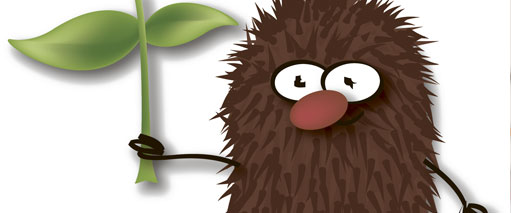Captain Caveman’s Garden Guide
“In The Spring, At The End Of The Day, You Should Smell Like Dirt.”


Valerie Serna
Latest Article|September 3, 2020|Free
::Making Grown Men Cry Since 1992


Valerie Serna
